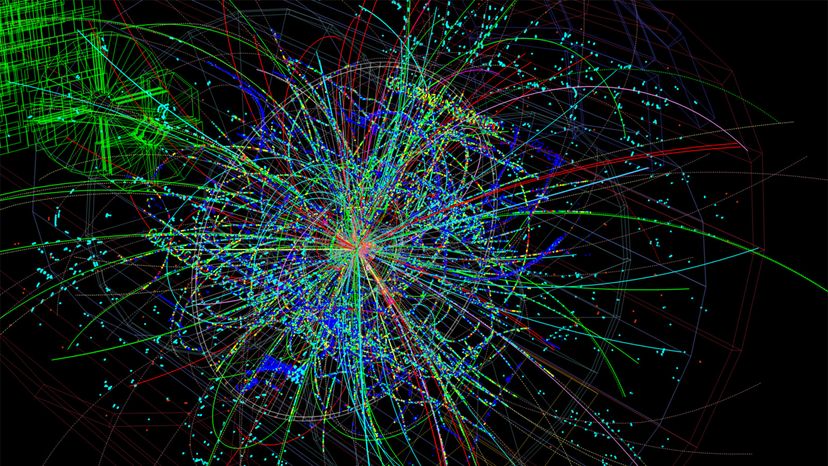Bosons are spinning particles that probably lack internal structure. They're known to carry forces, making them an integral part of the Standard Model.
Under the Standard Model, Milner explains, "forces take place by exchange of the 'carrier' bosons" between other subatomic particles. It's said each of the four fundamental forces has its own corresponding boson. The one that transports gravity hasn't been found yet, but the carrier bosons associated with strong force, weak force and electromagnetism are well-documented.
Presumably, X17 would be the carrier boson for a fifth fundamental force we never knew existed. And perhaps said force is somehow related to dark matter.
But we're getting ahead of ourselves. You see, there's no hard proof that X17 exists in the first place. The European Organization for Nuclear Research — better known as CERN — has yet to find any trace of the particle. And the new arXiv paper is still awaiting peer review from other scientists.
"Independent groups must perform experiments to establish the existence of the X17. The Hungarian experiment should be repeated," writes Milner. He and his colleagues have devised a proposal to try and generate X17 particles in a "scattering experiment" at the Thomas Jefferson National Accelerator facility in Newport News, Virginia.
At present, the Standard Model doesn't account for any new fundamental forces. So if the X17 and the "fifth force" it allegedly carries are real, we'll have to modify the good old SM. At all rates, it's clear that the subatomic world is still rife with secrets.

